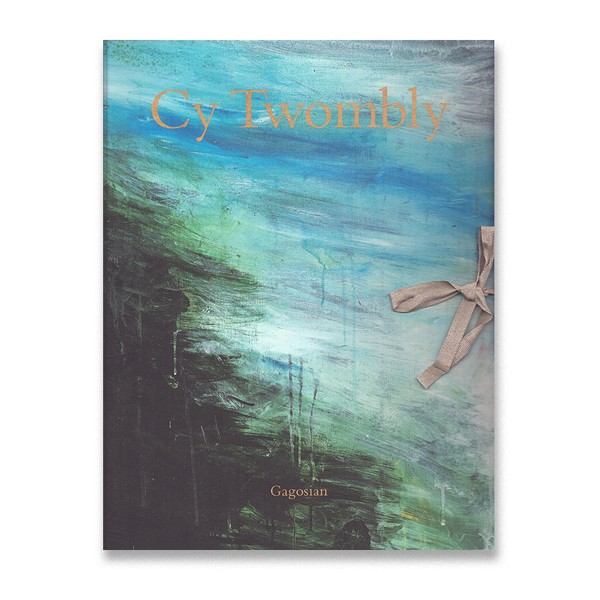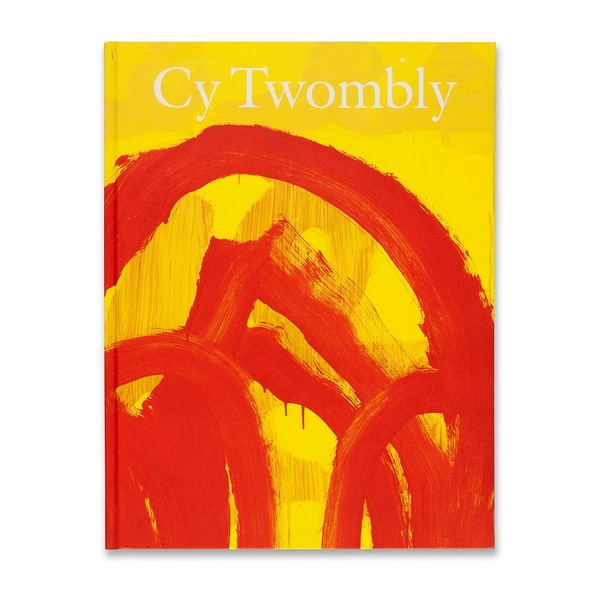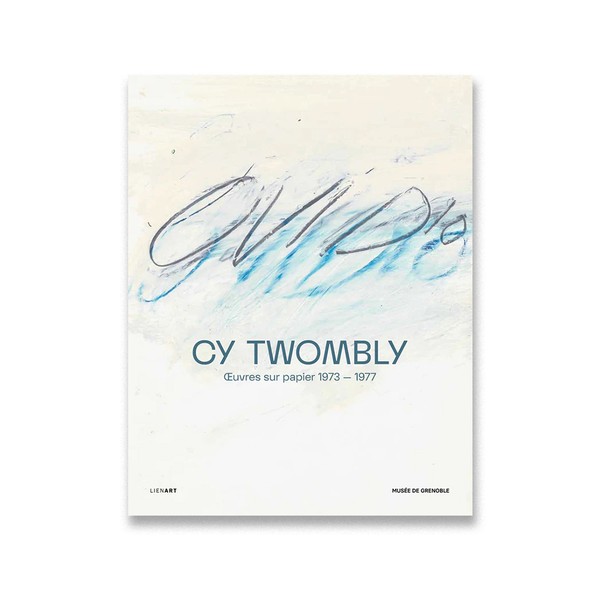Cy Twombly
Die Skulptur / The Sculpture

This volume includes, in German and English: a preface from Katharina Schmidt and Paul Winkler; an introductory note from Katharina Schmidt; Katharina Schmidt’s “Cy Twomblys Skulptur sehen” (“Looking at Cy Twombly’s Sculpture”); Christian Klemm’s “Material—Modell—Skulptur” (“Material—Model—Sculpture: Obejcts Transposed into Imagination”); a biography; a list of selected exhibitions; a selected bibliography; and a list of works exhibited.
Schmidt begins with consideration of Twombly’s earliest sculptures, produced in 1948, and identifies Kurt Scwitters and Hans Arp as primary influences on the young artist. She offers an extended reading of Twombly’s Untitled (1953) sculpture of bundled reed pipes, one of the most frequently discussed sculptures in Twombly’s oeuvre and connects this to Robert Rauschenberg’s destroyed Feticci Personali (1953). She progresses methodically through Twombly’s sculptural oeuvre, suggesting referents such as Egyptian barges, chariots, Pan and Arcadia, Sappho, Plato, and Catullus. She discusses the paintings produced during Twombly’s sculptural hiatus from 1959 to 1976 and, subsequent to his return to sculpture, greater thematic connections between Twombly’s paintings and sculptures, as in his Orpheus (Thou unending trace) (1979). Schmidt lingers on sculptures produced in the early 1980s, drawing connections to landscape and architecture. Arriving at the last of Twombly’s sculptures produced before the date of publication, Schmidt offers extended readings of the melancholy and memorial associations of Epitaph (1992) and In Time the Wind Will Come and Destroy My Lemons (1987) (which she notes “was conceived to be viewed only from above” [125]). Schmidt concludes that “[i]n small figures, Twombly celebrated the beauty of that geometry, and hence the human capacity to construct general principles” (143).
Klemm takes a similarly detailed approach, but focuses on questions of autonomy of line, Twombly’s relationship to Abstract Expressionism, the “sign-ground relationship” (153), and “three planes of objective reality: that of the actual materials used by the artist in making the sculptures; that of their character as models (of musical instruments, vehicles, or whatever); and that of their objecthood as sculpture” (155). Materials considered include wood, nails, glue, and natural mater such as plants. Klemm argues that these materials produce the appearance or effect of model versions of the referents invoked. He concludes, however, that the unity of the sculptures ultimately produces a decidedly artistic rather than practical effect.
For further discussion of Twombly’s sculptures, see especially Kate Nesin’s Cy Twombly’s Things (2014) and Achim Hochdörfer’s Cy Twombly: Das Skulpturale Werk (2001), both of which also discuss Untitled (1953) at length and offer comprehensive explorations of Twombly’s sculptural oeuvre. Additional exhibition catalogues concerning Twombly’s sculptural practice include Cy Twombly: Eight Sculptures, published by Gagosian Gallery (2009), Cy Twombly: Sculptures 1992–2005, published by the Alte Pinakothek München and Schirmer/Mosel (2006), and Cy Twombly: Ten Sculptures, published by Gagosian Gallery (1997).
(Publication description by Jamie Danis)
This catalogue was published on the occasion of the exhibition Cy Twombly: Die Skulptur / The Sculpture at Kunstmusem Basel (traveled to The Menil Collection, Houston and the National Gallery of Modern Art, Washington D.C.) in 2000.
Cy Twombly: Die Skulptur / The Sculpture. Edited by Katharina Schmidt. Published by Hatje Cantz Verlag, 2000. 207 pages. Fully illustrated. German/English edition.



